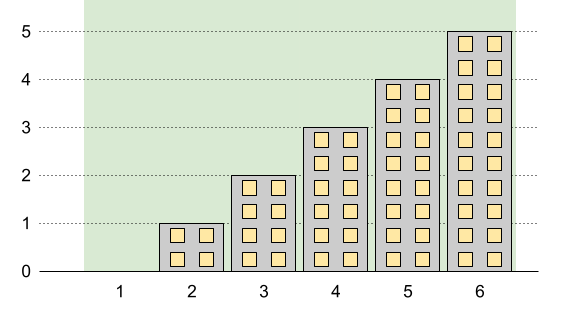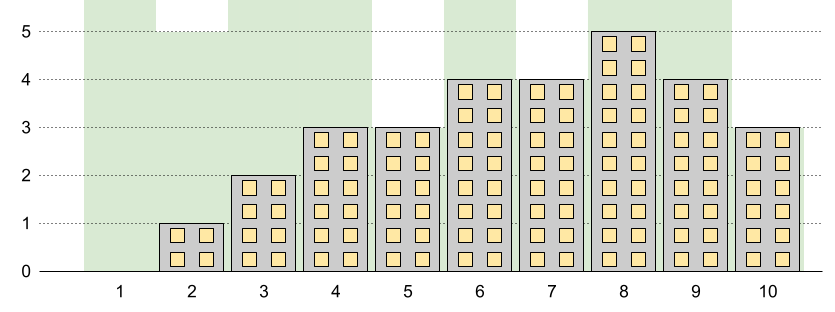The XOR total of an array is defined as the bitwise XOR of all its elements, or 0 if the array is empty.
- For example, the XOR total of the array
[2,5,6]is2 XOR 5 XOR 6 = 1.
Given an array nums, return the sum of all XOR totals for every subset of nums.
Note: Subsets with the same elements should be counted multiple times.
An array a is a subset of an array b if a can be obtained from b by deleting some (possibly zero) elements of b.
Example 1:
Input: nums = [1,3] Output: 6 Explanation: The 4 subsets of [1,3] are: - The empty subset has an XOR total of 0. - [1] has an XOR total of 1. - [3] has an XOR total of 3. - [1,3] has an XOR total of 1 XOR 3 = 2. 0 + 1 + 3 + 2 = 6
Example 2:
Input: nums = [5,1,6] Output: 28 Explanation: The 8 subsets of [5,1,6] are: - The empty subset has an XOR total of 0. - [5] has an XOR total of 5. - [1] has an XOR total of 1. - [6] has an XOR total of 6. - [5,1] has an XOR total of 5 XOR 1 = 4. - [5,6] has an XOR total of 5 XOR 6 = 3. - [1,6] has an XOR total of 1 XOR 6 = 7. - [5,1,6] has an XOR total of 5 XOR 1 XOR 6 = 2. 0 + 5 + 1 + 6 + 4 + 3 + 7 + 2 = 28
Example 3:
Input: nums = [3,4,5,6,7,8] Output: 480 Explanation: The sum of all XOR totals for every subset is 480.
Constraints:
1 <= nums.length <= 121 <= nums[i] <= 20
Solution 1: Brute Force
Use an array A to store all the xor subsets, for a given number x
A = A + [x ^ a for a in A]
Time complexity: O(2n)
Space complexity: O(2n)
Python3
|
1 2 3 4 5 6 7 |
# Author: Huahua class Solution: def subsetXORSum(self, nums: List[int]) -> int: xors = [0] for x in nums: xors += [xor ^ x for xor in xors] return sum(xors) |


